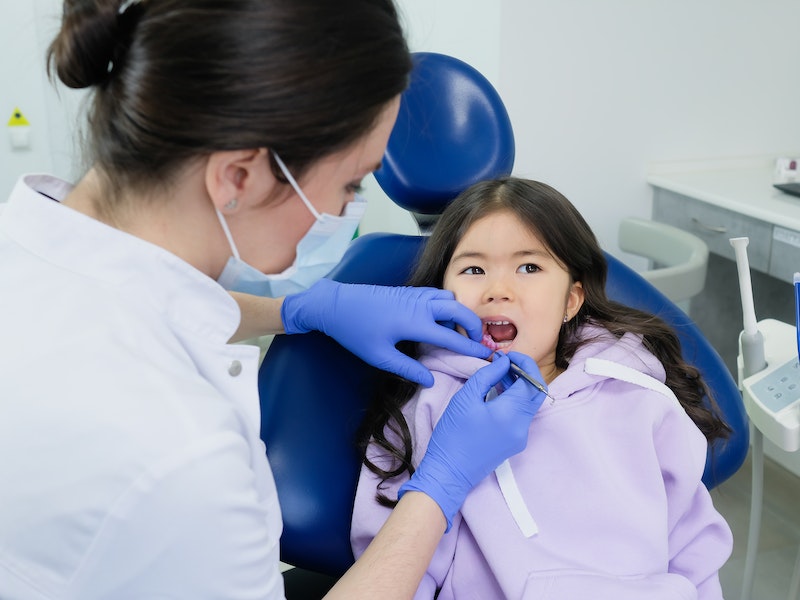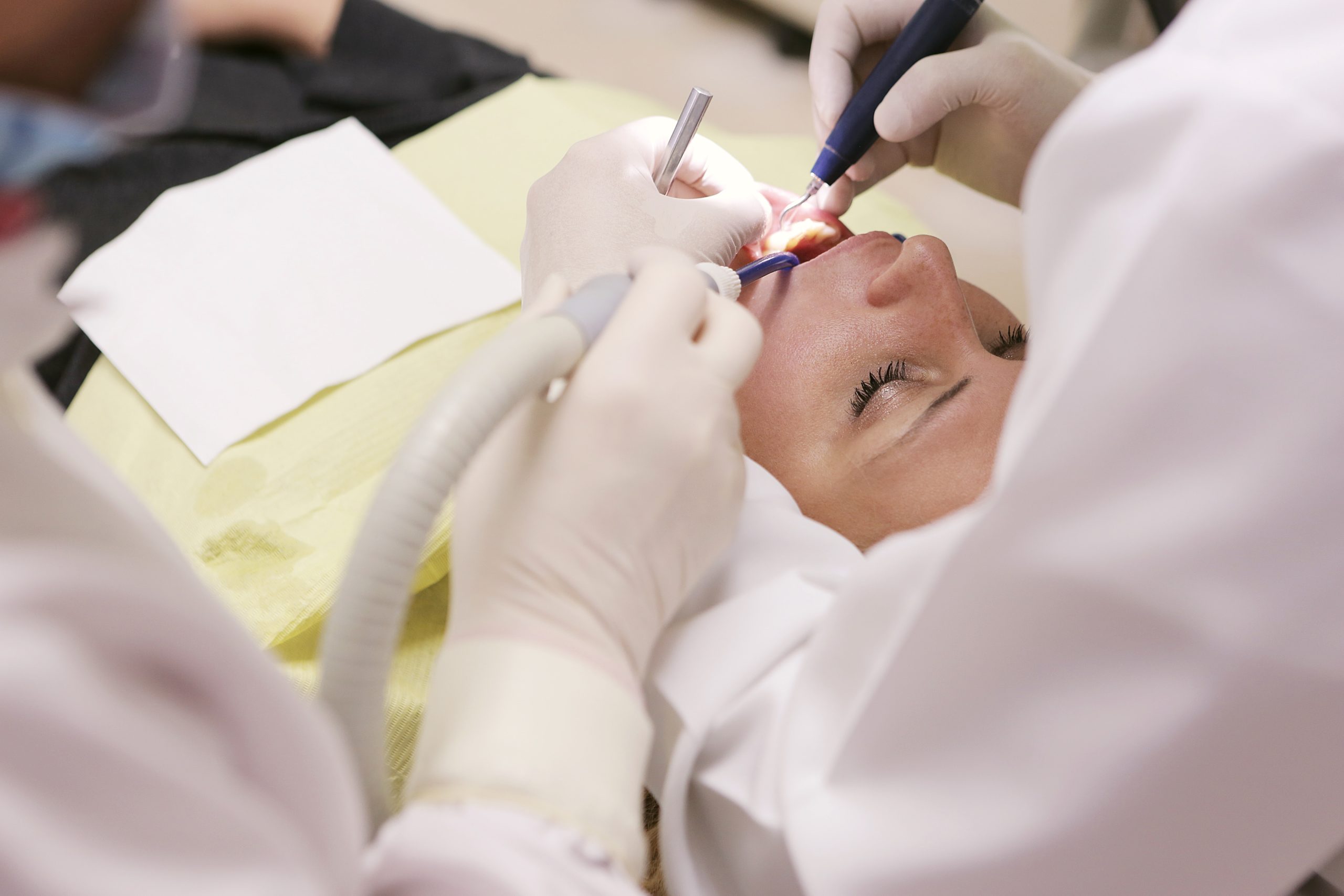
What to Expect During Your First Orthodontist Visit?
Your first trip to an orthodontist can make you feel a mix of anticipation and apprehension. That’s completely fine! This article will take you through what to expect during that first visit, as well as some common orthodontic conditions and treatments. The orthodontic process can initially feel overwhelming, but understanding what is involved can put you at ease and prepare you for the journey ahead.
In the world of dentistry, orthodontics plays a key role in dental alignment and enhancing the aesthetics of your smile, making it an essential part of oral health maintenance.
Consultation and Examination
Your first visit starts with a consultation process. The orthodontist will ask about your medical and dental history. They will also scrutinize your lifestyle habits, anything that could impact the treatment. Afterward comes a thorough examination of your teeth, jaw, and mouth. The orthodontist checks for overcrowded teeth, tooth position, crossbite, overbite, underbite, and other orthodontic concerns and provides appropriate dental advice for personalized orthodontic treatment.
Diagnostic Tests
To gain a detailed understanding of your dental alignment, the orthodontist may perform diagnostic tests. These may include photographs, X-rays, and digital scans to create an impression of your teeth. These techniques assist in interpreting your tooth shape, teeth tilting, tooth rotation, and establishing if there’s a need for dental work like tooth extraction or dental bridge. The images also unveil if there is an open bite, the gap between your teeth, and any advanced orthodontic issues that need immediate attention.
Common Orthodontic Conditions
Orthodontic conditions are diverse and vary from person to person. Here are some of the common conditions that a Langley orthodontist for quality dental alignment comes across:
- Overcrowded Teeth: When there isn’t sufficient space in the mouth for all the teeth to fit normally
- Crossbite: A condition where upper teeth sit inside or outside of lower teeth
- Overbite: When the upper teeth significantly overlap the lower teeth
- Underbite: The condition where the lower teeth are too far forward or the upper teeth are too far back
Treatment Planning
Based on the evaluation of your oral health and orthodontic condition, the orthodontist will propose a treatment plan. This can involve teeth straightening through braces or clear plastic aligners like Invisalign. The plan will specify the length of the treatment, the cost, and other specific details like orthodontic technology utilized for treatment.
About Orthodontists
Orthodontists specialize in correcting bites and aligning teeth. They offer teeth crowding treatment without extraction using advanced innovative dental technology. The modern tools and methods they use go a long way in reducing discomfort and accelerating the teeth-straightening process.
Braces vs. Invisalign
An orthodontist will assist you in understanding the pros and cons of braces and Invisalign. Both methods are efficient in improving teeth alignment and your smile but have specific strengths and potential disadvantages.
Braces
- Braces are well-known and traditionally used for treating severe orthodontic issues.
- They can handle a wide range of teeth alignment problems, from simple to complex.
Invisalign
- Invisalign is appreciated for its invisible features, offering a discreet orthodontic solution.
- This method provides a more subtle way of straightening teeth without visibly showing the aligners.
Consultation with an Orthodontist is crucial. They will guide you in choosing between braces and Invisalign based on your specific case and desired comfort level during treatment.
About Invisalign
Invisalign is popular among those looking for an almost invisible solution to their crooked teeth. The aligners are made from clear plastic and can be removed when eating, brushing or participating in sports. Here, the term Guildford orthodontics for adults and children comes into play as Invisalign is suitable for both demographics. However, severe tips and rotations might need additional attachments with Invisalign or another treatment.
Discussion of Financial Aspect
The cost of your orthodontic treatment is considered during your initial appointment. The orthodontist will talk about expenses, insurance options, and different payment methods.
Treatment Costs
- The orthodontist will inform you about the expected costs of the orthodontic treatment.
- They will explain the treatment in detail and the corresponding charges.
Insurance Coverage and Payment Options
- The orthodontist will discuss what part of the treatment cost insurance may cover.
- A variety of payment options available will also be presented.
Orthodontic treatments like fixing gap teeth, correcting an improper bite, and adjusting an underbite are important. These investments can greatly enhance your oral health and your overall well-being. Always remember the value they bring in the long run.
To End
In conclusion, your initial orthodontic visit is an environment where you will be heard, understood, and guided toward achieving a healthy and confident smile. It’s a fusion of professionalism, clinical acumen, and orthodontic technology advancement, with the sole objective of paving the way for your beautiful smile. As you embark on this journey, remember a great orthodontic experience begins with understanding what to expect and maintaining an open dialogue with your orthodontist.











